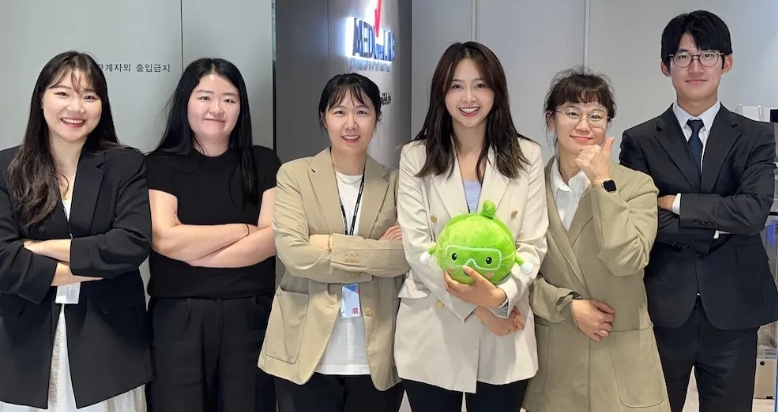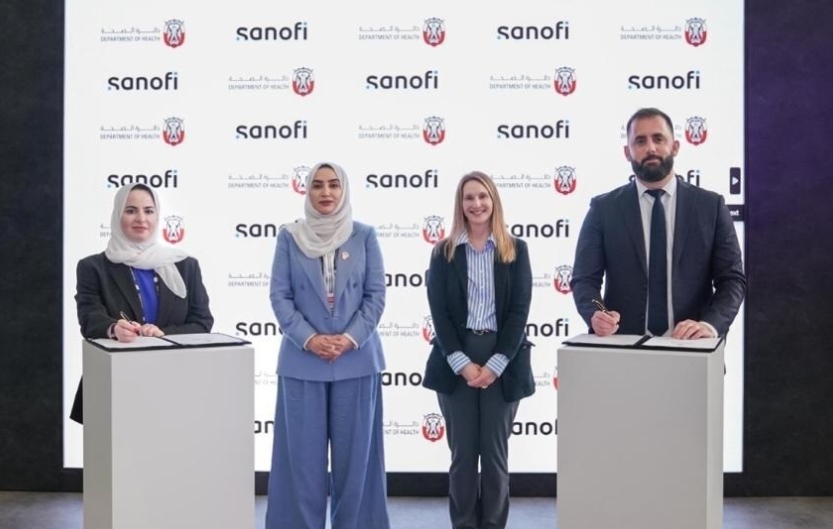
Mr Albert Liou, vice chairman, Asia Pacific, PAREXEL, Taiwan
Singapore: Approximately 15 years ago, PAREXEL envisioned Asia would become
an important player in clinical research and drug development, followed by Eastern and Central Europe. Asia's arrival as a major clinical trial market was never in doubt. The question was how quickly the region would emerge. Since then, Asia's role in global drug development has grown significantly, but the dynamics of that growth have differed across countries given specific challenges and opportunities that governments have had to address. In some countries, growth happened sooner than expected, while in others it occurred somewhat slower. Challenges still remain but overall the landscape has changed for the better.
Compared to 15 years ago, there has been a dramatic rise in clinical research as reflected by the number of projects entering the region, the growth in hospitals and trial sites, regulatory changes and the emergence of a larger, skilled workforce. Simultaneously, the clinical research ecosystem has matured, people's knowledge and experience of clinical trials has improved and the overall benefit to society is better appreciated.
Regulation evolution remains a key challenge
The regulatory situation varies from country to country. For instance, Japan has a mature regulatory framework whereby review timelines are predictable, the government is supportive of research and process transparency exists. Japanese pharmaceutical companies are now looking to go international and need to partner with biopharmaceutical service providers such as PAREXEL on their global development plans. On the other hand, the regulatory environment in China remains a challenge because timelines are relatively long-between 12 and 24 months-for a Clinical Trial Application (CTA). In addition, there are no separate processes for applying for Investigational New Drug (IND) and New Drug Applications (NDAs), causing additional delay.
This situation is unlikely to change in the next several years. Though the government is proactive in solving problems, the need to protect local Chinese
pharmaceutical companies is constraining it from reforming the regulatory process. We may see improvement after additional Chinese R&D companies start applying for drug approvals. On the positive side, there is more R&D coming into China.
Western multinational corporations looking to capitalize on the tremendous potential of the Chinese market are establishing R&D units to develop drugs. Local talent is likely to benefit from this transfer of technology, training and global experience that follows suit.
Important changes are also happening in India, which ultimately is good for the industry. As part of regulatory reform, the Supreme Court has issued guidelines
on protecting patients and bringing transparency to the informed-consent process. During the transition, it has prevented global studies from entering India in the last
two years; this may continue for another year. India will benefit clinical research in the long run, however, by helping to create a much better clinical trial environment
and thereby bring more global studies to the country. We are observing another significant opportunity in biosimilar drug development.
Singapore, Taiwan, and South Korea are making substantial contributions as companies in those countries invest in pharmaceuticals and life sciences. Many biotech companies from these areas are aggressively entering this space with ample governmental support and capital. This will likely spur industry innovation and growth. With new regulations on the horizon, drug developers must quickly generate innovative responses. In India, for instance, regulators have mandated the videotaping of subjects' informed-consent approvals to protect patients
from unethical practitioners. This illustrates how CROs can contribute to making trials more fool-proof while reducing delays.
Role of CROs in advancing healthcare
There are many examples of how CROs are helping advance healthcare in the region. In many cases, an investigated new drug may react differently among various ethnic groups. Bringing more clinical trials to the region provides a greater number of Asian clinicians with firsthand experience in new drugs. Clinical data from Asia will help make a clear comparison of new drug information related to safety and efficacy between Asian and Western countries. This will help ensure doctors can provide the best treatment regimens to benefit future patients in the
region.
For many years, Japan experienced a delay of approximately five years from the time new drugs were approved in the West to when they could be made available there. This prevented Japanese patients from treatments that were available in other parts of the world. To help close this gap, regulators have made amendments that allow acceptance of foreign data for drug approvals in Japan.
Similarly, the Chinese government intends to ensure universal health access to all citizens, but the gap between rich and poor is hampering its objective. By expanding trial sites in remote areas and including the rural poor, CROs are helping bridge this gap and make treatments available for all demographics.
With the gradual shift of drug-development activities moving from West to East, the number of clinical trials and CROs coming to the region are on the rise. The
large treatment-naïve patient pool, vast support from local government through incentive and subsidy programs and internationally recognized medical infrastructures are just some of the aspects drawing drug developers to the region. Nonetheless, each Asian country varies in clinical trial environment, regulations and best practices. To navigate these markets, drug developers should leverage experienced CRO partners that have knowledgeable, local experts
as well as state-of-the-art technology to support their multi-center clinical studies.




